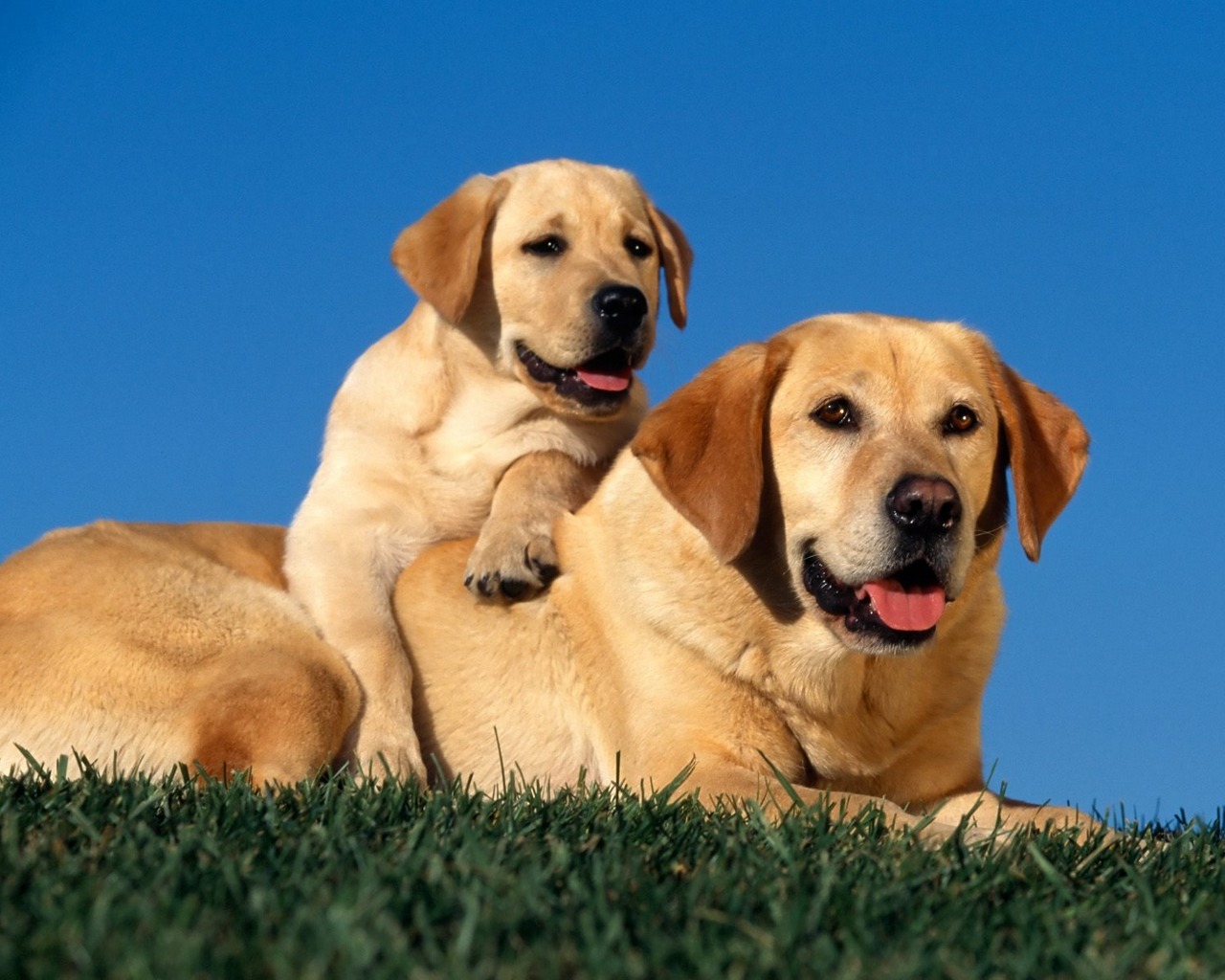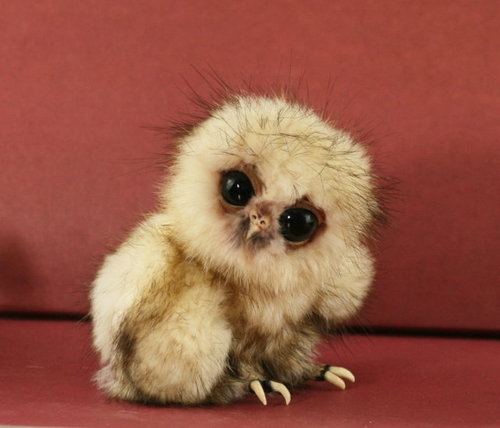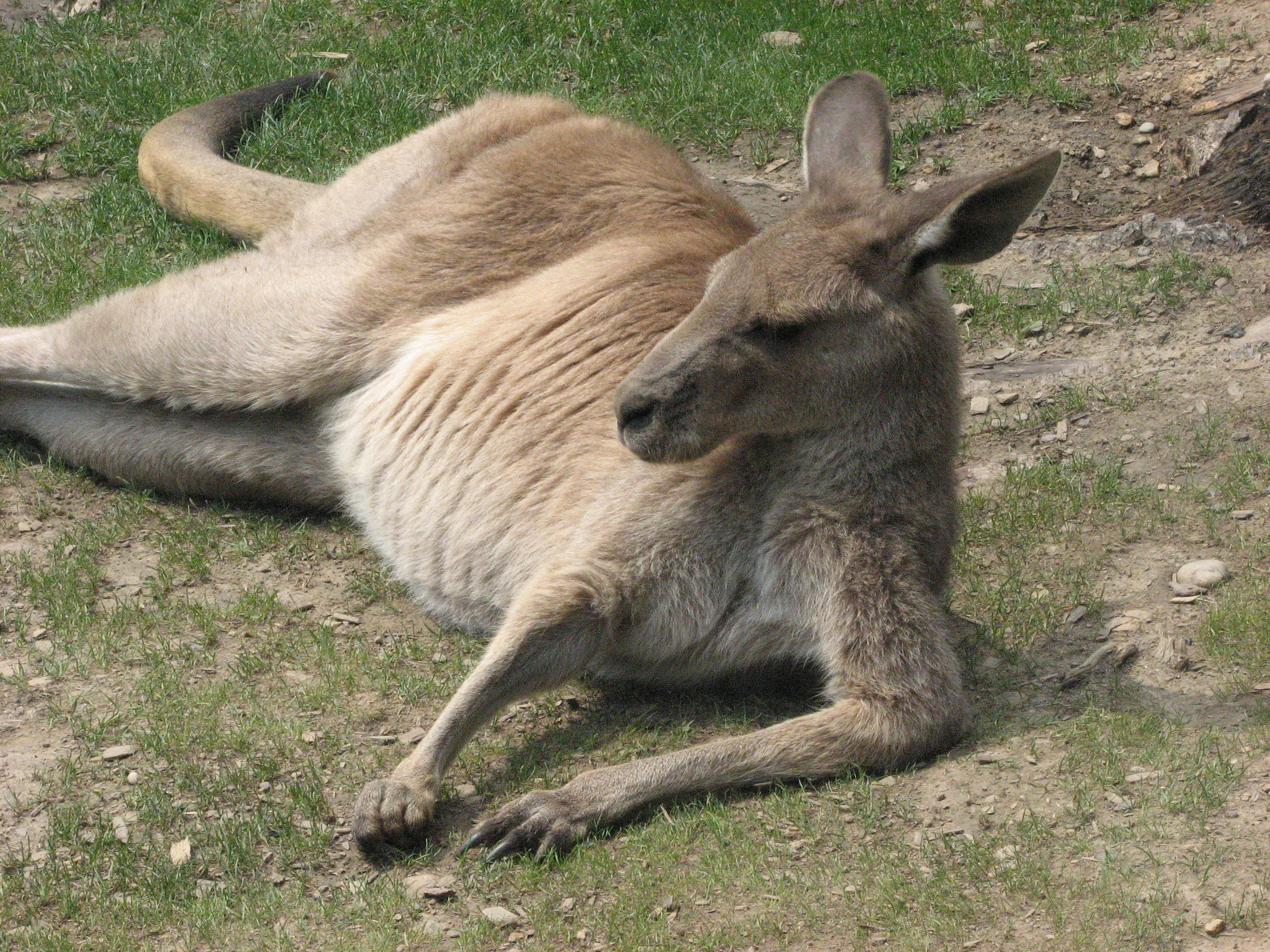Source(google.com.pk)
Zoo Animals Pictures Biography
In April of 1992, a young man named Christopher Johnson McCandless hitchhiked to Alaska and entered the wilderness north of Mt. McKinley. Four months later, a party of hunters found his body. Outside magazine subsequently asked Jon Krakauer, the author of Into the Wild, to write a story about the young man's life and death. In researching the story, Krakauer learned that McCandless hailed from an affluent suburb of Washington, D.C. and had graduated with honors from Emory University. Shortly after graduating, McCandless gave away his entire savings to charity, abandoned his possessions, and began living on the margins of society as a drifter and wilderness explorer.
Into the Wild is the true story of the mysterious life and death of Christopher Johnson McCandless, a talented young man from a good family who inexplicably turned his back on everything he seemed to have going for him. He graduated from Emory University in 1990, lost no time in giving away to charity the sizeable balance in his bank account, and then abruptly abandoned his past life and the personal identity all knew him by to basically disappear from the lives of family and friends. He anticipated that his parents would want to stop him, so he arranged to have his mail held for at least a month before it was returned to them, thereby giving himself ample time to leave for unknown parts unhindered by parental intervention.
Into the Wild is a true story about the life and death of Christopher McCandless. McCandless was a young man with seemingly every advantage. Raised by a successful and self-made family in an upscale suburb near Washington, D.C., McCandless graduates with honors from Emory University. By the time he enters the world as an independent young adult, Chris has a college degree, a loving family, a car that he loves, and some $25,000 in his savings account. So, why would this young man break all contact with his parents, give away all his money, abandon his vehicle, and spend the next two years living as a homeless drifter? That is the question author Jon Krakauer sets out to investigate.
The chapter begins with a postcard written by McCandless, addressed to Wayne Westerberg in Carthage, South Dakota. McCandless, who signs the postcard "Alex," speaks of his regard for Westerberg and mentions the possibility that he may not return alive from his wilderness adventure in Alaska. Chapter 1 sets the precedent, which the author will follow in each subsequent chapter, of opening the chapters with quotations. These opening quotations are carefully selected to set the tone and mood for the contents of each new chapter. In some cases, the author's chapter conclusion is summed up by the beginning quotation.
Graffiti written by Alexander Supertramp near the scene of Chris McCandless' death reads "Jack London is King" (pg. 9.) Krakauer provides a quote from Jack London's White Fang about the mirthless and merciless frozen Northern wilderness. This quote sets the tone for the chilling struggle for survival which is about to unfold.
The Stampede Trail traverses some fifty miles of boggy bottomland separating Mt. Healy and the Outer Range of Mt. McKinley. Blazed in the 1930s by an Alaskan miner, named Earl Pilgrim, the trail originally led to Pilgrim's mining claims along Stampede Creek.
A quotation from Leo Tolstoy about the love of danger opens this chapter. The author notes that McCandless had underlined this particular passage in Tolstoy's Family Happiness, one of the books found with his remains. The title of the book, Family Happiness, also sets the stage for Krakauer to discuss McCandless's family. This book will be quoted in later chapters as well, when Krakauer delves into the McCandless family history in greater detail.
Carthage, South Dakota is a small town on the northern plains with 274 inhabitants. In its lone bar, the Cabaret, Wayne Westerberg meets with the author to reflect on the young man he knew as Alex. Westerberg drinks a White Russian, Alex' favorite drink, and speaks fondly of Alex. Westerberg first met "Alex McCandless," when he offered the.....
Paul Shepard's work, Man in the Landscape, is quoted at the beginning of Chapter 4. The quoted passage speaks of the spiritual pilgrimage, which the desert climate offers, and how one can find reality by retreating from it for a time.
In October of 1990, National Park Ranger, Bud Walsh, discovers an abandoned vehicle on the bed of the Detrital Wash, on the Arizona side of Lake Mead. The car is an old yellow Datsun with no license plates. A note on its windshield reads, "'This piece of shit has been abandoned. Whoever can get it out of here can have it."' (pg. 26) Inside the car is a Gianini guitar, some old clothes, loose change, twenty-five pounds of rice and the keys to the ignition. The vehicle is jump-started.....
Jack London's reference to the "dominant primordial beast" in The Call of the Wild is echoed by a graffiti quote found in the abandoned bus on the Stampede Trail. Alexander Supertramp's graffiti hails the dominant primordial beast and Captain Ahab. The Captain Ahab reference will later become important to the author's thesis. This quote, then, helps Krakauer lay the groundwork for his conclusions.
McCandless's camera is ruined, when he buries it outside Vegas. With its loss, he discontinues his journal entries, as well. Thus, little is known of his movements after leaving Las Vegas in May of 1991. A letter sent to Jan Burres indicates he spends July and August in Oregon, along the coast. The fog and rain drive him back to California and then into the desert, once.....
A quotation from Henry David Thoreau's Walden precedes Chapter 6. The author divulges the contents of a letter he received in January of 1993. The letter requests a copy of the article about Alex McCandless. Forwarded to Krakauer by Outside magazine, the letter's shaky penmanship leads Krakauer to conclude the author was elderly. Its author, Ronald Franz, desires to get in touch with Krakauer to discuss McCandless. Franz indicates he knew McCandless and wishes to know more about his death. Krakauer is once again moved by the effect McCandless had on the people he knew so briefly. Of everyone he met on the road, McCandless affected Ronald Franz most deeply.
After leaving Jan Burres at the Salton City Post Office, McCandless hikes into the Anza-Borrego Desert State Park and sets up.....
Chapter 7 opens with two quotations, which provide support for McCandless's choice to avoid his family and the society of other people.
In South Dakota, Wayne Westerberg repairs a tractor against a deadline and with increasing bad temper. Afterwards, he apologizes to Krakauer, explaining that he and his crew are shorthanded since Alex did not return to work this fall as expected. It is two months since McCandless's death and seven months since Westerberg last saw him. Alex had worked hard for Westerberg, taking on the unskilled, hard jobs, which no one else wanted to do. Westerberg had tried to teach Alex a higher-skilled job, but Alex was not mechanically inclined. Westerberg also mentions that despite Alex's intelligence, he lacked common sense.
The opening quotes in Chapter 8 speak of the pathological extremes of some creative people and of how the Alaskan wilderness is a harshly unsuitable setting for those individuals wishing to cure their souls in the wilderness.
Jon Krakauer reports receiving many angry letters for glorifying McCandless's story in Outside magazine. The letters Krakauer chooses to quote are thoughtful and insightful albeit highly critical of McCandless. One writer speaks of McCandless's hubris and ignorance. The author sums up the public response by saying, "The prevailing Alaska wisdom held that McCandless was simply one more dreamy half-cocked greenhorn who went into the country expecting to find answers to all his problems and instead found only mosquitoes and a lonely death." (pg. 72) These letters serve as a contextual bridge for the series.....
A letter from Everett Ruess to his brother, Waldo, precedes Chapter 9. In the letter, Reuss declares Waldo's life to be too boring for Reuss's taste. Reuss admits he occasionally misses the company of his fellows, but indicates that most of humanity is too unintelligent to converse with anyway. Reuss describes his love for the wilderness and his intention to stay away from city life. A subsequent quotation from Mormon Country magazine compares Reuss with the celebrated author, John Muir.
Davis Gulch in southern Utah houses a watery oasis in its midst. Wilderness travelers from the early Kayenta Anasazi Indians to turn-of-the-century American cattlemen have used this water source. Ancient rock art, pottery, and rusty tin cans mark their former presence here. A little known passage carved into the rock.....
An article from The New York Times, dated September 13, 1992, details the death of Chris McCandless. At the time of publication, McCandless's identity had not been fully ascertained and so is not disclosed in the excerpt.
Jim Gallien reads a similar article in the Anchorage Daily News on September 10. The article indicates the body was found twenty-five miles west of Healy on the Stampede Trail. With a sick feeling, Gallien realizes the dead youth is likely the same hitchhiker he picked up and delivered to the Stampede Trail. He calls the State Troopers to help identify the body, but so many calls have come in about the article that the troopers are skeptical. Gallien's persistence sways the trooper, as does a reference to "Galliean" [sic] in the dead hiker's.....
Samuel Walter McCandless, Jr., Chris's father, receives Jon Krakauer in his home seven weeks after his son's death. "'How is it,' he wonders aloud, as he gazes blankly across Chesapeake Bay, 'that a kid with so much compassion could cause his parents so much pain?"' (pg. 104) The McCandless's well-appointed home features a photographic memorial to Chris, currently occupying the dining-room table. Billie shows Krakauer photos of Chris as a toddler, and as an eight-year-old on his first backpacking trip. Walt states that of all his children, he had spent the most time with Chris and really enjoyed his company.
Walt has Top Secret Defense Department clearance in connection with his work on advanced radar technology. He is a man accustomed to being in charge, and his electric intensity brings.....
Chapter 12 opens with a quote from Thoreau's Walden about the insincerity of riches. This passage was found highlighted in Chris's personal effects.
When Chris graduates high school, he presents his father with a birthday present of a very expensive telescope. On this occasion Chris makes a tearful and emotional speech about his gratitude and respect for his father despite their differences. After this, Chris leaves on his first solo adventure. Walt and Billie don't contest Chris's trip, but give him a Texaco credit card and ask him to call home every three days. Initially Chris honors this agreement, calling home from Texas, New Mexico, Arizona, and the Pacific coast. The phone calls taper off and Chris is not heard from again until he arrives home two days before he is.....
Chapter 13 begins with a quotation from John Haines about the link between physical exploration and the exploration of the mind. Carine McCandless's home in Virginia Beach displays two prominent photographs of her brother, Chris. One is taken when he is seven, the other when he is seventeen. He wears the same annoyed expression in both photographs. Carine's elderly dog, Buck, sleeps at her feet, as she recalls how Chris loved Buck. She and her parents regret not allowing Chris to take Buck with him on his travels. Perhaps, if he'd had the dog, Chris would not have taken so many risks. Carine, like Chris, is a high-achiever with a ready opinion, but unlike her brother, Carine has made peace with her parents. Much like Walt and Billie, Carine.....
The quotes preceding Chapter 14 discuss the intense euphoria of mountain climbing. Krakauer addresses the fatalistic, melodramatic tone of McCandless's final postcard to Wayne Westerberg. The postcard has caused many people to believe McCandless intended to die in Alaska, but Krakauer believes his death was an unplanned accident. His insight into McCandless's intentions stems from his own youthful experiences. Krakauer describes his younger self as reckless, moody, stubborn and self-centered. Krakauer had a difficult relationship with his father, and he often vacillated between a desire to please his father and a contrasting desire to rebel against him. Krakauer developed an obsession with mountain climbing that lasted a decade. His free hours were devoted to planning and dreaming of new climbing challenges. Krakauer believes that this obsession helped.....
One of the quotations preceding Chapter 15 discusses a son's anger at his father. Thus, Krakauer implies that his struggle with the mountain is his way of working out his relationship with his father. The reader can further infer that McCandless's wilderness exploits were a similar means of working out his feelings about the elder McCandless.
For three days after descending, Krakauer is snowbound in his tent on the ice cap. He has lost his desire to climb the Thumb, but the prospect of returning in defeat spurs him onward. Frustrated and feeling trapped, he smokes the marijuana cigar he brought to celebrate his victory and gets the munchies. Making oatmeal is a drawn-out process involving gathering snow and lighting the stove. Somehow he burns a hole through.....
"Wilderness appealed to those bored or disgusted with man and his works. It not only offered escape from society but also was an ideal stage for the Romantic individual to exercise the cult that he frequently made of his own soul." These words, from Roderick Nash's Wilderness and the American Mind, precede Chapter 16.
Chris McCandless leaves Carthage on April 15, 1992 for his long dreamed of trip to Alaska. He takes photos of himself at mile markers along the way while hitchhiking to Fairbanks. A truck driver named Gaylord Stuckey takes Alex a thousand miles from Liard, Alaska to Fairbanks. Unaccustomed to picking up hitchhikers, Stuckey likes Alex's clean-shaven, shorthaired look and soon learns Alex is intelligent, as well. Alex speaks frequently of his sister. Of his parents.....
A quote from Henry David Thoreau's Ktaadn discusses the awesome power and mystery of nature. In Chapter 17, as in every other chapter, the initial quotations identify the chapter theme and help create the appropriate tone. In this case, Thoreau's mention of "a force not bound to be kind to man" foreshadows the cruel fate McCandless will soon suffer at the hands of the impassive forces of nature.
Krakauer stands on the bank of the Teklanika River a year after McCandless's aborted attempt to cross the waterway. At this time of year, Krakauer notes that the river is indeed a wide, churning flow of water. Yet, Krakauer has advantages McCandless lacked, including a detailed topographic map and three companions. The map reveals the presence of a U.S. Geological Survey.....
A quotation from Boris Pasternak's Doctor Zhivago precedes Chapter 18. A passage regarding love for one's neighbor has been underscored by Chris McCandless.
Stymied by the Teklanika River, McCandless returns to the bus on July 8. His journals do not indicate his state of mind, but Krakauer thinks he has decided to wait for the river to subside. McCandless returns to his hunting and gathering routine and finds game plentiful. However the animals he kills are themselves quite lean and provide insufficient calories to make up for what McCandless expends in the hunting. With his survival at stake, McCandless reads Doctor Zhivago and has an epiphany. He highlights a section in the book which speaks to the desire to take refuge in nature, yet the book concludes that genuine.....
Ten months after McCandless's death, Krakauer, Billie and Walt take a helicopter to the bus site. Billie had wanted to follow the same overland path as her son took into the wilderness, but the Teklanika River is running too high, and the group is advised that not even an amphibious, all-terrain vehicle can cross it. The helicopter ride to the bus takes fifteen minutes. Billie notices that the wilderness looks much like the area where she grew up and realizes her son must have loved.....
Chris McCandless is the subject of Jon Krakauer's non-fiction book, Into the Wild. A writer and wilderness enthusiast, Krakauer writes a brief story for Outside magazine when Chris's body is discovered in the Alaskan wilderness. Chris's story stays with Krakauer, inspiring him to further research the young man in a quest to understand what went awry. Krakauer's interest in Chris is sparked by certain similarities between them. Krakauer believes that his own youthful escapades might easily have ended fatally, and he writes Into the Wild in an attempt to defend Chris from his critics. Many people have responded to Chris's death with anger, seeing Chris as a foolhardy young man who threw away every advantage he was given in life. Indeed, many aspects of the story bear out this opinion. Krakauer asks the.....
The Canoe
McCandless purchases a used aluminum canoe when, on a whim, he decides to paddle down the Colorado River all the way to the Gulf of California. McCandless refuses to be deterred by the fact that the river does not actually reach the gulf.
The Oars
Frightened by a storm at sea which threatens to take his life, McCandless becomes extremely angry and beats his canoe with an oar. When the oar breaks, he is tempted to continue beating the canoe with the last remaining oar, but McCandless forces himself to calm down for he realizes that if he breaks the second oar he will surely die. After this experience, McCandless abandons the canoe and surviving oar.
Zoo Animals Pictures
Zoo Animals Pictures
Zoo Animals Pictures
Zoo Animals Pictures
Zoo Animals Pictures
Zoo Animals Pictures
Zoo Animals Pictures
Zoo Animals Pictures
Zoo Animals Pictures
Zoo Animals Pictures
Zoo Animals Pictures
Zoo Animals Pictures























































